Discover the secrets to cultivating tasty Pepper plants right in your backyard. This comprehensive guide covers everything from selecting the ideal pepper variety to planting, caring, and harvesting your homegrown Peppers for delectable culinary adventures.
Growing your own Peppers can be an incredibly rewarding experience, allowing you to savor the fresh, flavorful, and diverse varieties that are often hard to find in stores. Whether you’re a seasoned gardener or just starting out, this guide will provide you with all the essential information you need to cultivate a bountiful pepper harvest. From selecting the right pepper types to planting, caring, and troubleshooting, we’ve got you covered.
Here’s a concise information chart about pepper plants:
| Attribute | Information |
|---|---|
| Botanical Name | Capsicum spp. |
| Plant Type | Annual or perennial flowering plant |
| Zones | Typically grown as annuals |
| Exposure | Full sun |
| Bloom Time | Summer to fall |
| Height/Spread | Height: 1-4 feet Spread: 1-3 feet |
Understanding Pepper Varieties
Peppers come in a wide range of colors, shapes, sizes, and heat levels, each offering its unique flavor profile and culinary applications. Here are some of the most popular varieties:
1. Bell Peppers

Mild and sweet, bell peppers are available in various colors like green, red, yellow, and orange. They’re versatile in the kitchen and can be enjoyed raw or cooked.
2. Jalapenos
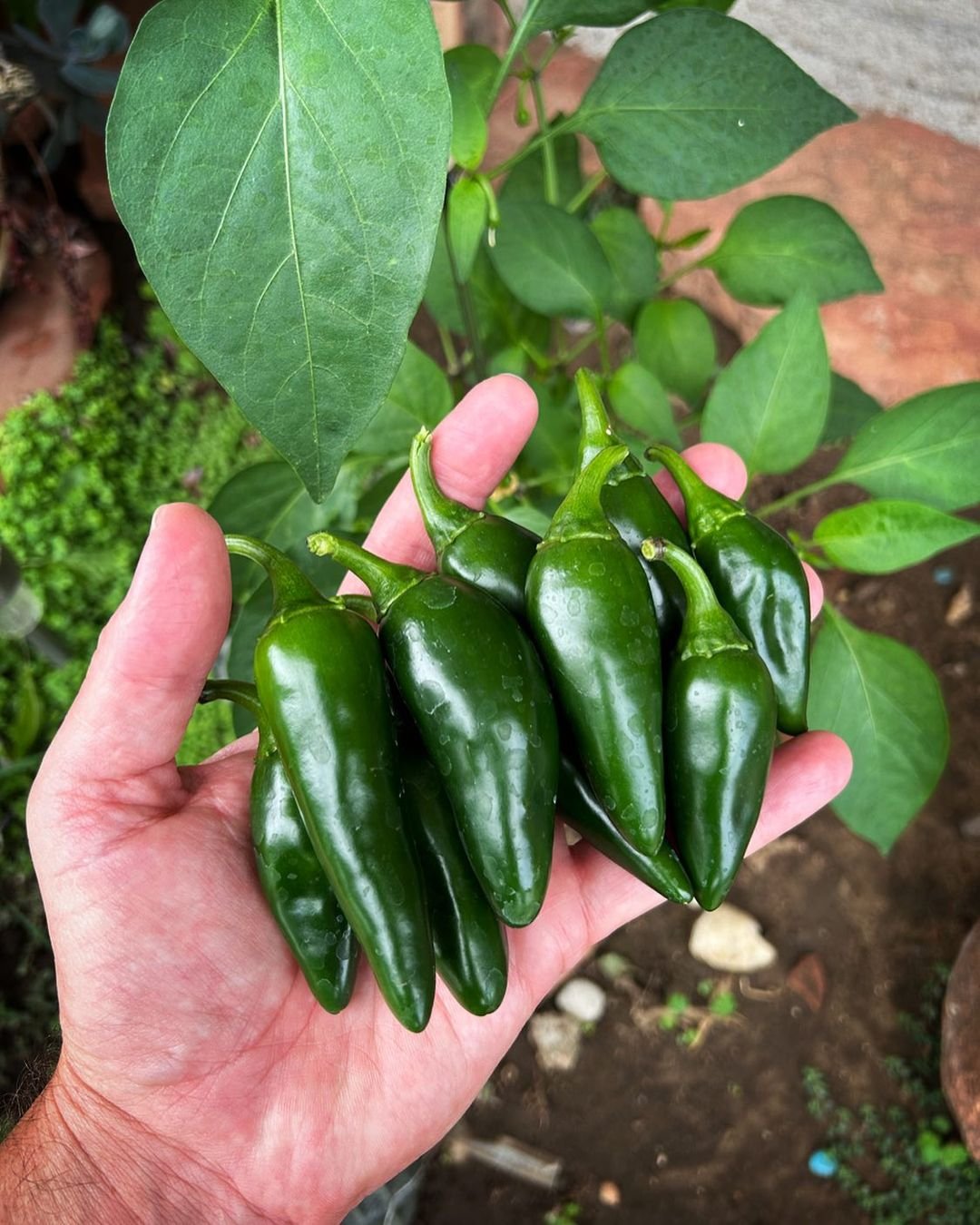
These small, green peppers pack a punch of heat, making them a popular choice for salsas, sauces, and Mexican dishes.
3. Habaneros
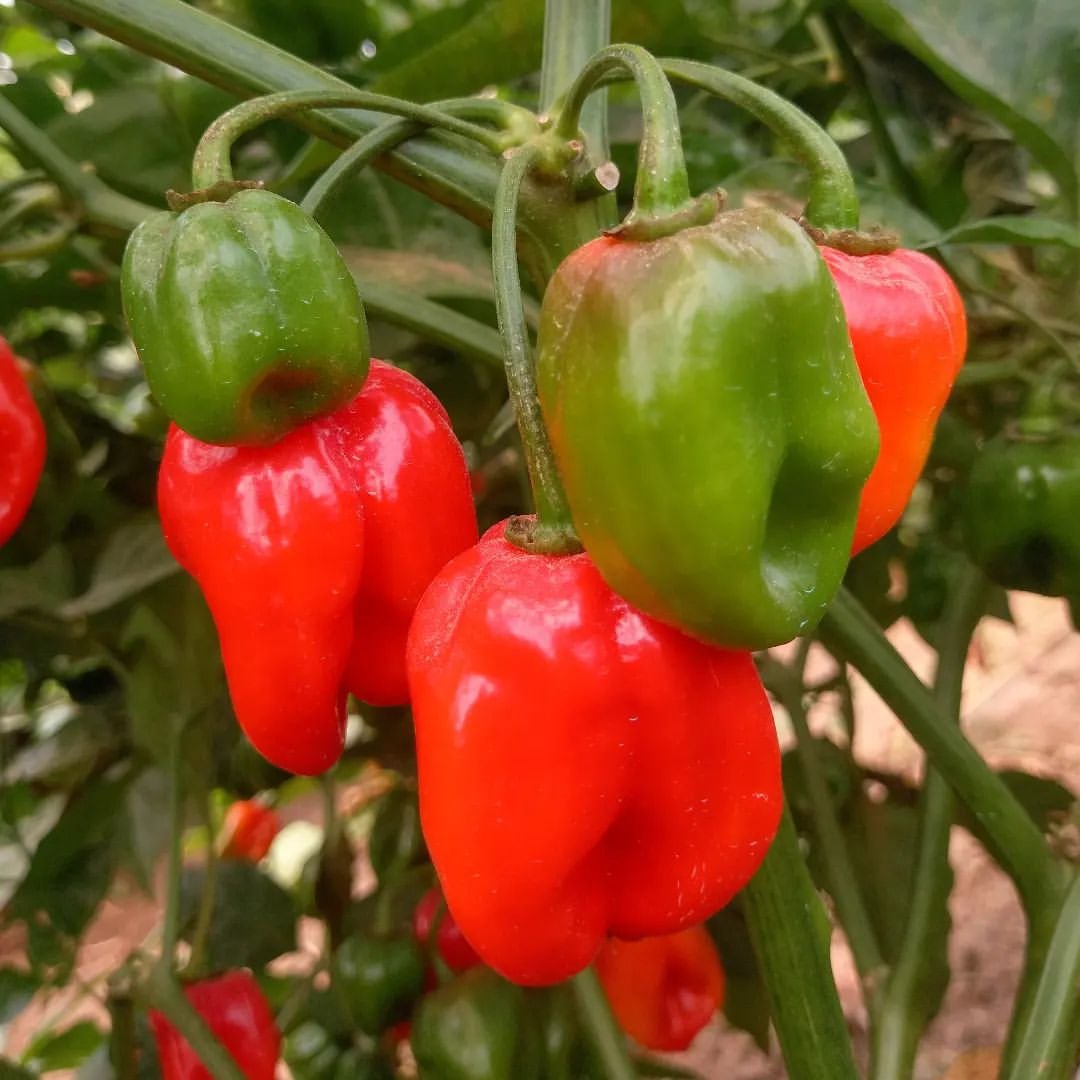
Considered one of the hottest peppers in the world, habaneros bring an intense heat that’s not for the faint of heart. They’re often used in Caribbean and Mexican cuisines.
4. Cayenne Peppers
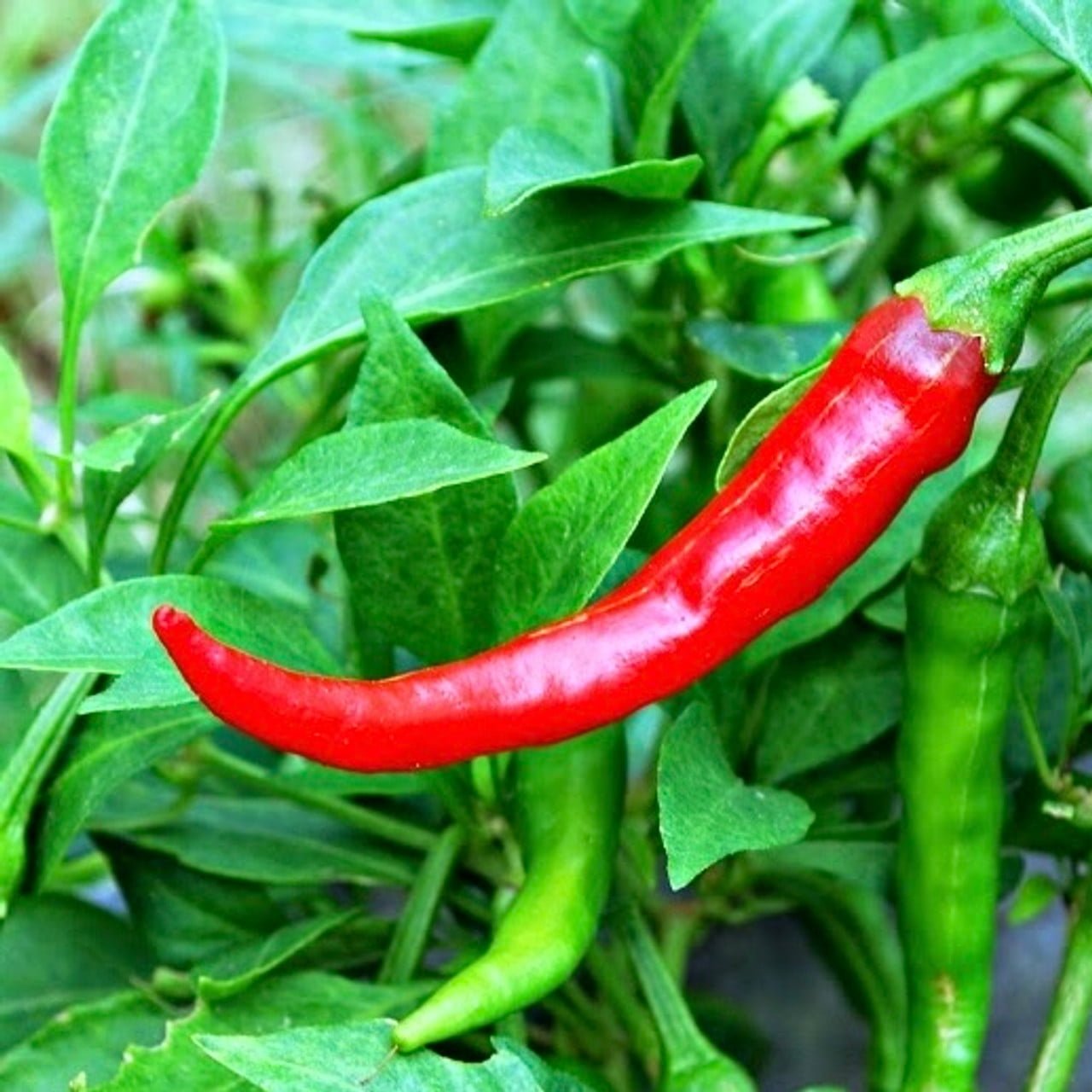
Long and thin, cayenne peppers offer a moderate heat level and are commonly used in sauces, chutneys, and spice blends.
5. Banana Peppers
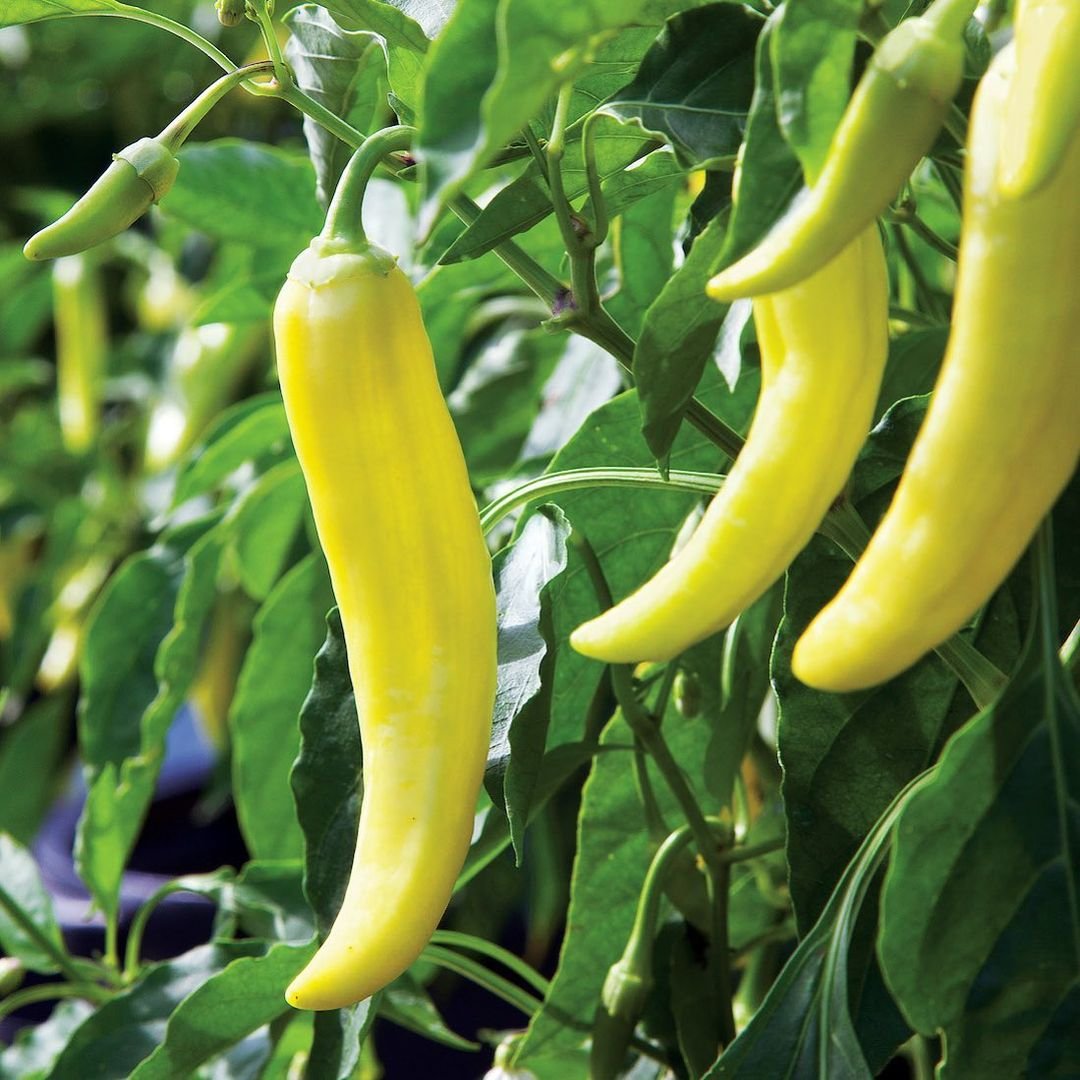
With their long, curved shape and mild heat, banana peppers are perfect for pickling and adding a touch of flavor to sandwiches and salads.
Choosing the Right Pepper for Your Garden
When selecting pepper varieties, consider your available growing space, climate, and personal taste preferences. Some peppers thrive in containers, while others require more room to grow. Additionally, take into account the heat level you prefer, as well as the intended culinary uses for your peppers.
Preparing the Soil and Planting
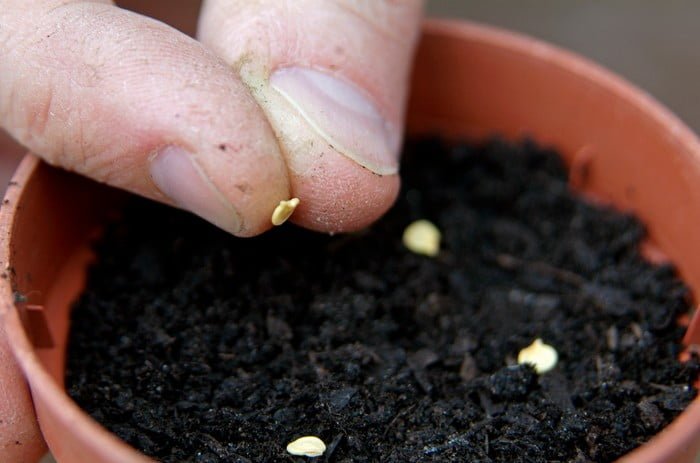
Peppers prefer well-draining, nutrient-rich soil with a slightly acidic pH between 6.0 and 6.8. Before planting, amend the soil with compost or well-rotted manure to improve its fertility and drainage. Peppers can be grown from seeds or transplants, with transplants giving you a head start on the growing season.
If starting from seeds, sow them indoors about 8-10 weeks before the last expected frost date. Once the seedlings have developed their true leaves, transplant them into larger containers or directly into your garden after the danger of frost has passed.
When planting, space pepper plants about 18-24 inches apart, ensuring they receive ample sunlight (at least 6 hours of direct sunlight per day). Water the plants thoroughly after planting, and consider mulching around the base to retain moisture and suppress weeds.
Caring for Pepper Plants
Proper care is crucial for ensuring a bountiful and healthy pepper harvest. Here are some essential tips:
Watering
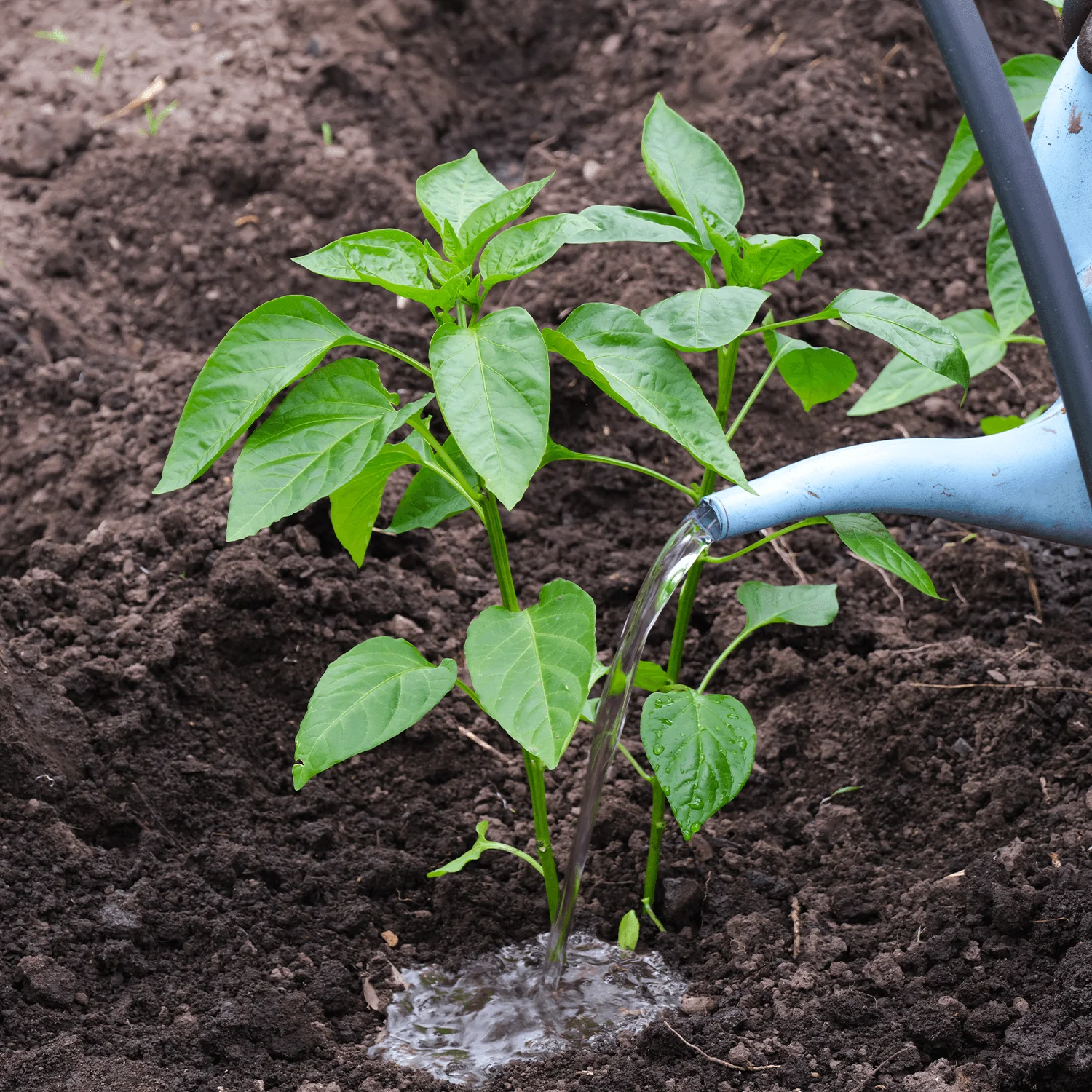
Peppers prefer consistent moisture, but avoid waterlogged conditions. Water deeply, aiming for about 1-2 inches of water per week, and adjust as needed based on weather conditions and plant growth stages.
Fertilizing

Peppers are heavy feeders, so regular fertilization is essential. Use a balanced, slow-release fertilizer or compost tea every 4-6 weeks during the growing season.
Staking or Caging
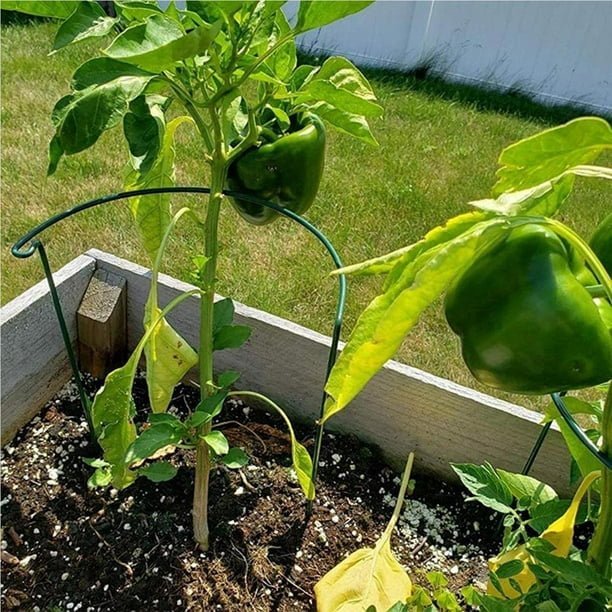
As pepper plants grow taller and produce fruits, they may benefit from staking or caging to provide support and prevent the branches from breaking under the weight of the peppers.
Pruning
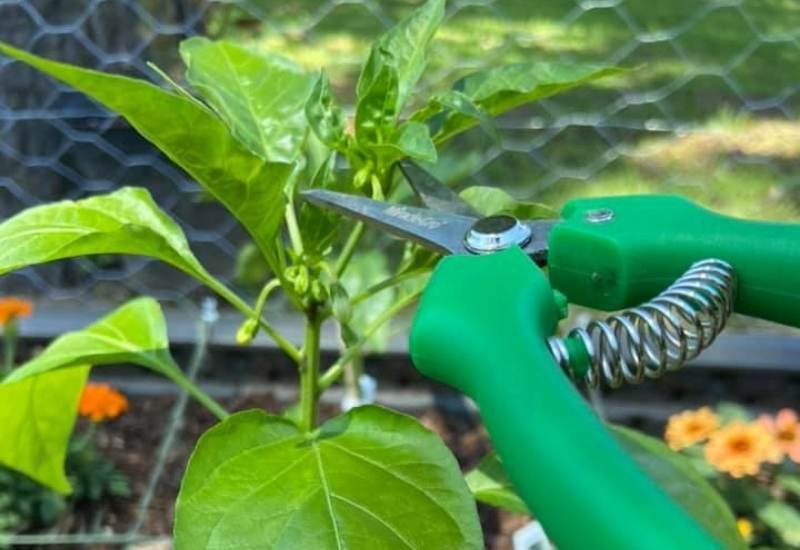
Regular pruning can help promote air circulation, remove diseased or damaged foliage, and encourage better fruit production. Remove any suckers (new growth from the main stem) and trim off any yellowing or damaged leaves.
Pest and Disease Management
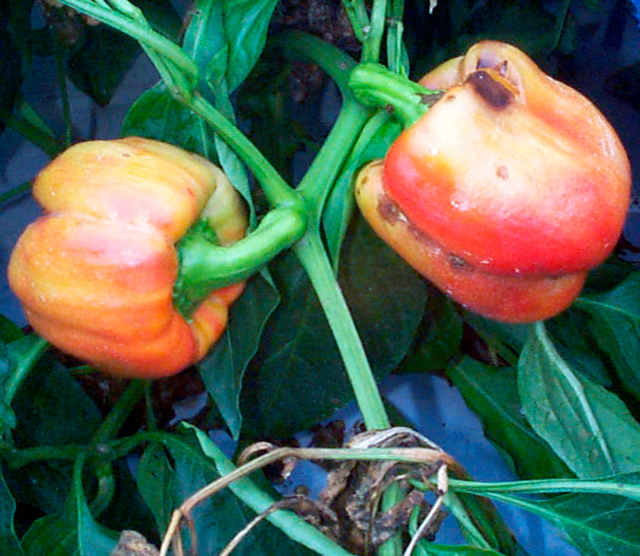
Regularly monitor your pepper plants for signs of pests or diseases, such as aphids, spider mites, or fungal infections. Implement organic pest control methods like introducing beneficial insects or using neem oil or insecticidal soap when necessary.
Harvesting and Storing Peppers
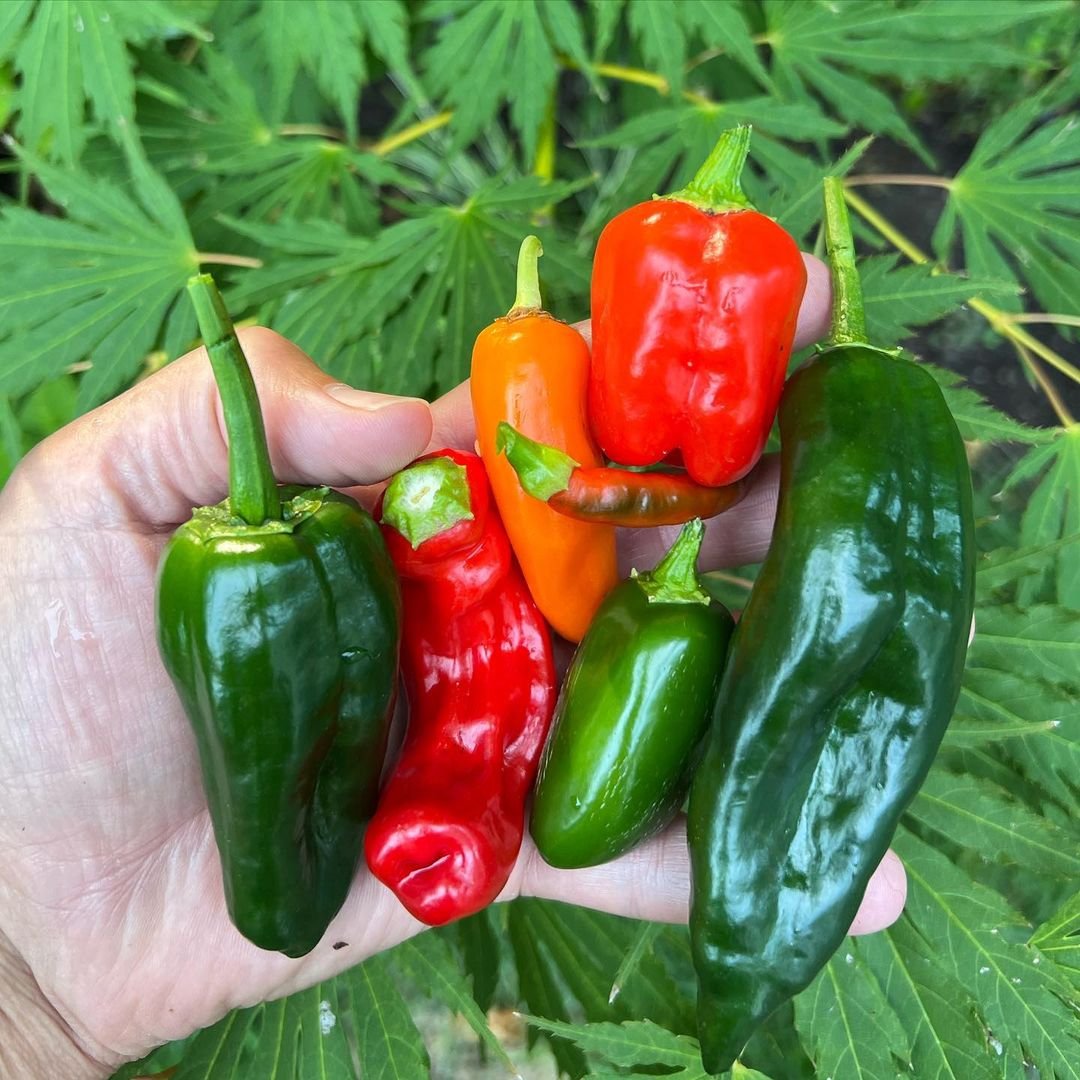
Peppers are ready for harvest when they reach their desired size, color, and firmness. Use scissors or pruning shears to snip the peppers from the plant, leaving a small stem attached. For optimal flavor and storage, harvest peppers in the morning after the dew has dried.
Fresh peppers can be stored in the refrigerator for up to two weeks. For longer-term storage, consider pickling, freezing, or drying your pepper harvest. Pickled peppers can last for several months, while frozen or dried peppers can be enjoyed throughout the year.
Troubleshooting Common Issues
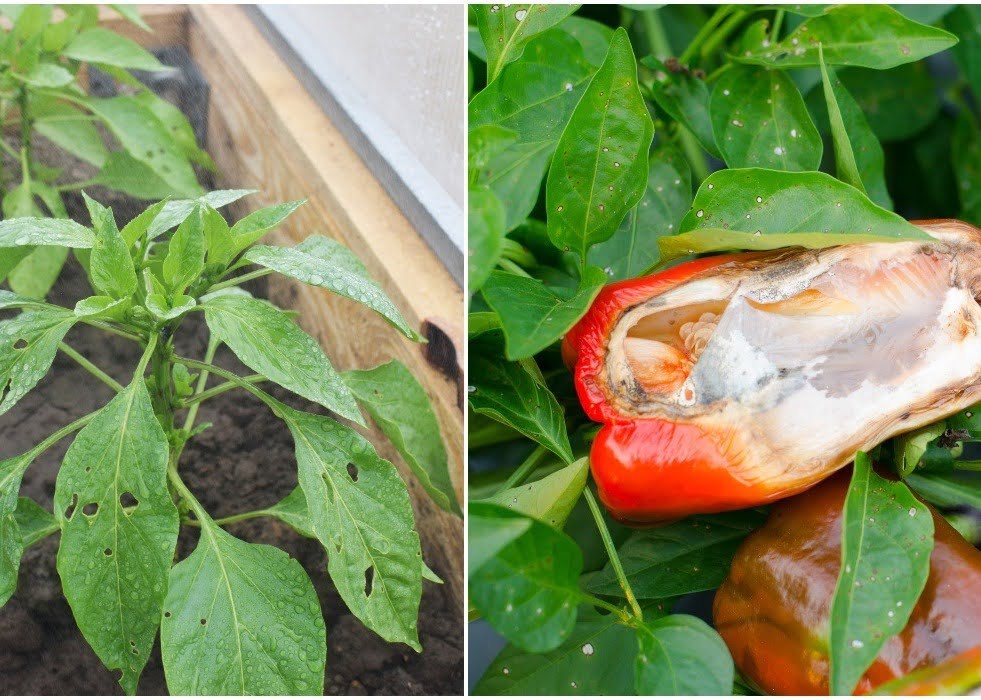
Even with the best care, pepper plants can sometimes encounter challenges. Here are some common issues and their solutions:
Blossom Drop: If your pepper plants are failing to set fruit, it could be due to extreme temperatures, inconsistent watering, or lack of pollination. Ensure proper watering, provide shade during hot weather, and gently shake the plants to encourage pollination.
Sunscald: Sunscald can cause peppers to develop discolored or sunken areas. Provide adequate shading or consider using a light-colored mulch to reflect sunlight and prevent sunscald.
Blossom End Rot: This condition causes the bottom of the pepper to turn brown or black and become sunken and leathery. It’s often caused by calcium deficiency or inconsistent watering. Maintain consistent soil moisture and consider adding calcium supplements or adjusting soil pH.
Conclusion
Growing your own peppers can be a delightful and rewarding experience, allowing you to enjoy fresh, flavorful produce right from your backyard. By following the guidelines in this guide, you’ll be well on your way to cultivating a thriving pepper patch tailored to your culinary preferences. With a little patience and care, you’ll soon be harvesting a bountiful crop of peppers to savor in your favorite dishes.
Pingback: Peppers: The Ultimate Guide to Growing From See...
Pingback: Spanish Lavender Care: Guide to Unique Bunny-Eared Blooms
Pingback: Demystifying Fertilizer Numbers: Unlocking the Secrets for Optimal Plant Growth
Pingback: Potato Growth Stages: How to Plant, Grow and Harvest -
Pingback: Chili Plants: The Ultimate Guide to Growing Them -
Pingback: Amazing Secrets: Trees That Start with X -
Pingback: Natural Beauty: Majestic Trees That Start with ‘H’
Pingback: Carrot Goodness: A Step-by-Step Guide to Growing Own at Home
Pingback: 30 Hawaiian Flowers : Names, Pictures and Fun Facts
Pingback: Grow Vegetables Indoors : Expert Guide to Year-Round Indoor.